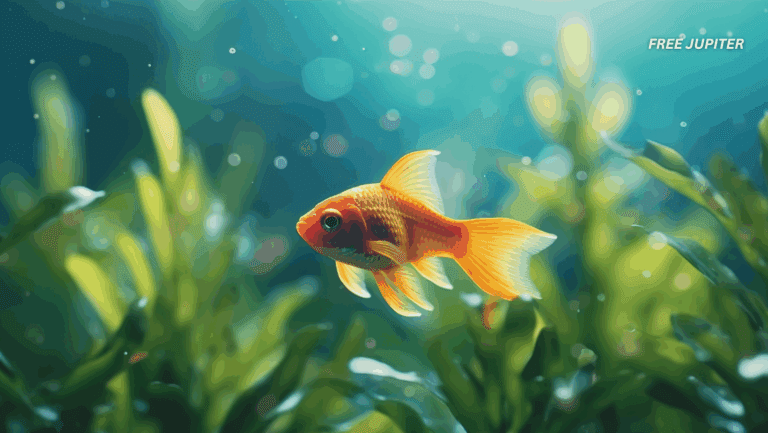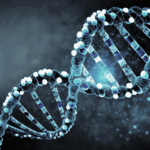You might not think you have much in common with a hibernating bear or a sleepy ground squirrel—but according to new research, your DNA might disagree.
A pair of fascinating studies published in the journal Science have revealed something surprising: humans may be carrying around the genetic instructions for hibernation. Yes, like the deep winter slumber animals use to survive cold months with little food. And no, this isn’t science fiction—it’s all written in our genes.
Even more compelling? Scientists believe unlocking this ancient biological programming could someday help us tackle some of the biggest health challenges of our time: obesity, diabetes, and age-related decline.
A Genetic Discovery That’s Been Sleeping Under the Surface
Let’s start with the basics. Hibernating animals do more than just nap for long periods. Their bodies perform an impressive symphony of survival tricks. They slow their heart rates, reduce body temperatures, and dramatically shift how they use energy. This state allows them to live off stored fat for weeks or even months, essentially pressing “pause” on their metabolism.
For decades, researchers assumed this was a feature unique to certain species. But now, by comparing the genomes of hibernating animals like ground squirrels and bears with those of non-hibernators like humans, researchers have discovered something strange: clusters of genes tied to hibernation aren’t missing from the human genome. They’re just… dormant.
These genes are part of a section of our DNA associated with metabolism regulation, often referred to as the “fat and obesity locus.” It’s a hotspot of genetic activity that influences how we store fat, process sugars, and burn calories—functions that go haywire in conditions like obesity and type 2 diabetes.
In other words, the same tools animals use to survive harsh winters might already be wired into us. We just haven’t figured out how to use them.
Read more: If You Hate Wearing Clothes at Home, You Might Have This Rare Inner Superpower
How the Research Was Done: Looking for Evolution’s “Switchboard”
To get to the root of this mystery, researchers from the University of Utah zeroed in on regions of the genome that haven’t changed much over evolutionary time. These areas—like instructions carved in stone—are usually essential to survival and are shared by many mammals. But in some hibernating species, a few of these ancient genetic zones had undergone sudden and dramatic changes.
That caught the researchers’ attention.
“If a piece of DNA stays virtually the same across 100 million years but suddenly shifts in species that hibernate, it probably plays a role in hibernation,” explained Elliott Ferris, lead author and computational biologist. These rapidly-evolving regions were like neon signs pointing toward the genetic mechanisms behind metabolic slowdown.
What the team found were not just isolated genes, but master regulators—like orchestra conductors. These areas could influence broad genetic networks responsible for storing fat quickly, slowing down the body’s calorie-burning processes, and keeping organs protected during long periods of inactivity.
So What Makes Us Different From Hibernators?
Here’s the twist: it’s not that animals like bears and squirrels have extra genetic features that humans don’t. Instead, they may have removed something that we still have—specifically, a built-in metabolic “governor” that keeps our energy usage relatively constant. Think of it like a thermostat stuck on the same setting.
Hibernating animals may have lost—or learned to override—this mechanism, giving them the flexibility to shift gears between full energy burn and near-total shutdown. If humans could learn to mimic that shift, even temporarily, it could open up possibilities in medicine that were previously unimaginable.
Read more: What Staying Up Late Every Night Really Does to You—Massive 24,000 Person Study Reveals the Truth
The Health Potential: Beyond Just Napping Through Winter
So why does this matter in everyday human life?
Because if we could “borrow” some tricks from hibernators, it might revolutionize how we treat metabolic conditions. Here are just a few examples of how this knowledge might be applied:
- Obesity: Imagine being able to activate a safe, temporary slow-down of your metabolism to help the body reset how it stores and burns fat—without damaging muscle tissue or causing nutritional harm.
- Type 2 Diabetes: Because hibernation involves extreme shifts in how the body manages blood sugar, researchers think it could provide clues to managing insulin resistance more effectively.
- Muscle Atrophy & Nerve Damage: Hibernating animals don’t suffer from the usual deterioration that comes with inactivity. Learning how their bodies protect nerves and muscles could help bedridden patients—or even astronauts on long missions.
- Aging: Metabolism is tightly linked to aging. If we can control how fast (or slow) our cells consume energy, we might also influence how quickly we age. Researchers even speculate that activating certain hibernation-like genes could delay the onset of age-related diseases like Alzheimer’s or arthritis.
What’s Next? From Genes to Real-Life Treatments
Of course, we’re not about to start building human-sized hibernation pods. This isn’t about making people sleep for months. It’s about understanding how certain animals “flip the switch” and how we might safely do the same—at least in a targeted way.
Dr. Susan Steinwand, one of the study’s co-authors, says the genetic framework is already in place. The real challenge is figuring out the exact control panel—those genetic switches that, once identified, could be toggled on or off through medication, gene editing, or even diet and lifestyle interventions in the future.
Senior researcher Dr. Chris Gregg points out that this is about more than curiosity—it’s about real possibilities. “If that potential is hidden in the genome we already carry, then hibernating animals may be showing us a new path to better health.”
A Peek into the Future of Human Biology?
This isn’t the first time scientists have looked to animals for medical breakthroughs. From the regenerative powers of salamanders to the anti-cancer secrets of elephants, nature has always offered hidden clues to health and longevity.
But what makes this discovery especially exciting is how close to home it feels. We’re not talking about inserting genes from another species or inventing artificial organs—we’re talking about learning to access parts of our own biology that have simply gone quiet.
So, while you might never curl up in a den for six months with nothing but stored fat and a dream, the science suggests your body might still remember how. And if researchers can figure out how to whisper to those ancient genes again, the next frontier in medicine might come not from high-tech machines—but from listening to the hibernating heartbeats deep in our DNA.










